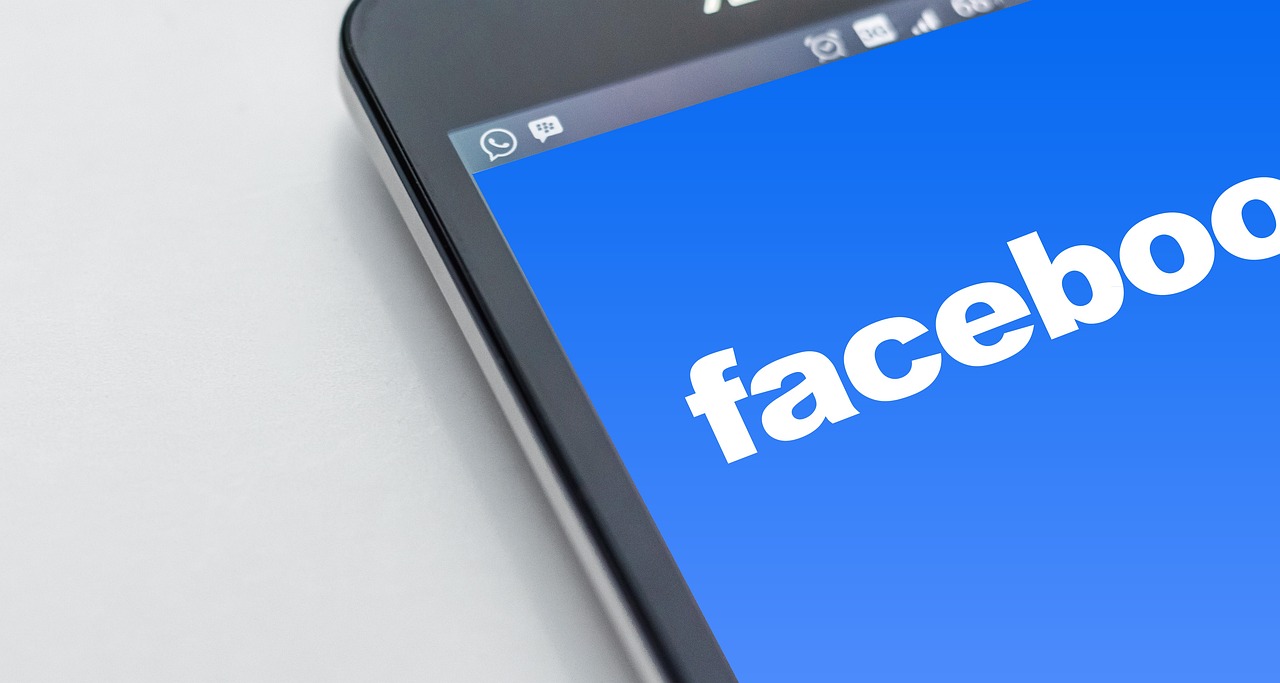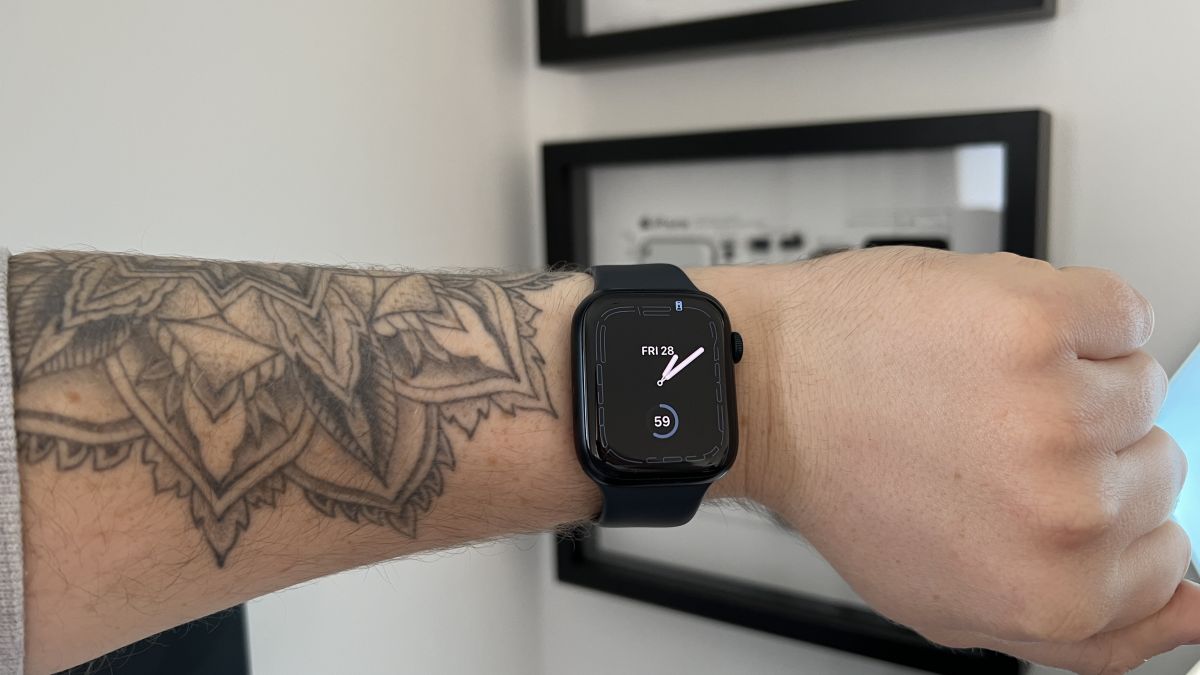The new app is called watchGPT and as I tipped off already, it gives you access to ChatGPT from your Apple Watch. Now the $10,000 question (or more accurately the $3.99 question, as that is the one-time cost of the app) is why having ChatGPT on your wrist is remotely necessary, so let’s dive into what exactly the app can do.
NEWS
In fast-moving pandemic, sources of falsehoods spread by text, email, WhatsApp, and TikTok elude …
The false cell phone texts spread so widely that Sunday night the White House’s National Security Council, fearing the texts were an attempt to spook the stock market as it opened Monday, decided to directly debunk the misleading claims in a Twitter post: “Text message rumors of a national #quarantine are FAKE. There is no national lockdown.”
The one claiming that Trump was going to impose a national quarantine included the advice, “Stock up on whatever you guys need to make sure you have a two week supply of everything. Please forward to your network.”
In fact, authorities have warned against aggressive buying that could disrupt supply chains and fuel panic.
Trump addressed the misleading text messages at an afternoon news conference Monday, saying, “It could be that you have some foreign groups that are playing games.”
On the possibility of a national quarantine, Trump said, “We haven’t determined to do that at all… Hopefully we won’t have to.”
In Europe, one viral video that was shared on WhatsApp claimed to show shoppers mobbing a store in the Netherlands. A version of the same clip put to music on TikTok, a popular China-based platform for short videos, was viewed more than four million times, according to a report last week by disinformation research group Bellingcat, which determined the video was actually from an incident in Germany several years ago.
Independent researchers, overall, though have struggled to track some of the coronavirus misinformation spreading as a fast-moving pandemic and rapidly evolving government actions spur insatiable demand for information — and opportunities to spread falsehoods. Often the messages are traveling from person to person, or through closed groups of people, through email or texts that are not seen by the general public.
Text messages are particularly difficult for independent researchers to trace, especially when messages ― like the Trump quarantine texts ― are delivered as graphical images as opposed to words that computers can more easily analyze. Those pushing misinformation may be changing tactics away from social media to thwart the major platforms’ efforts to catch and block falsehoods.
“As social media companies focus on keywords like ‘covid’ and ‘coronavirus,’ there are pockets of conspiracy theories that are welling up that potentially have some offline impact,” said Joan Donovan, director of the Technology and Social Change Research Project at Harvard’s Shorenstein Center.
Clemson University researcher Darren Linvill said a version of the false Trump quarantine message spread on Twitter throughout Sunday evening and into Monday morning, peaking before midnight East Coast time, but the total numbers were small, with fewer than 200 tweets. He found a few references on other social media.
What most concerned Linvill was that the misleading messages were spreading on cell phone networks, among friends and colleagues, undermining most readily available tracking technologies.
“That is disturbing,” said Linvill, an associate professor of communication. “The fact that this is texts … makes this impossible to track on social media.”
Graham Brookie, the director of the Atlantic Council’s Digital Forensic Research Lab, which tracks disinformation, said misleading text messages can have great effect because they use the same technology that families and friends use to communicate, meaning people are “more likely to believe” what they read.
“It’s a return to an older threat,” Brookie said. “We saw it on e-mail. This is not new. We’re going to need to figure out more mechanisms to learn about it more quickly.”
In contrast to SMS text messages, WhatsApp has developed controls to prevent mass text messages, imposing limits on the number of messages a single person can send at any one time. Forwarded messages and chain messages are labeled, spokesman Carl Woog said.
Twitter said it too has developed tools to slow the spread of misinformation, especially when there’s a risk of direct harm.
“We will remain vigilant and are committed to collaboration, which is key to protecting the rapidly-evolving public conversation around this critical global public health issue,” said Del Harvey, Twitter’s vice president of trust and safety.
A representative for ByteDance, owner of TikTok, did not respond to a message seeking comment.
As the false texts spread about a looming federal quarantine, the National Security Council began an interagency effort — involving the FBI, intelligence agencies, Homeland Security and State departments — to determine who is behind the apparent disinformation campaign.
The texts were often screenshots of purported text messages sent to friends and relatives to make them look authentic, a degree of sophistication that one U.S. official said might show that it’s a “broader plot” than something one hacker alone could pull off.
Federal Communications Commission spokesman Will Wiquist said, “Although we have not received any consumer complaints on this yet, we are aware of the issue and are looking into it.”
Facebook Faces Yet Another Outage: Platform Encounters Technical Issues Again

Uppdated: It seems that today’s issues with Facebook haven’t affected as many users as the last time. A smaller group of people appears to be impacted this time around, which is a relief compared to the larger incident before. Nevertheless, it’s still frustrating for those affected, and hopefully, the issues will be resolved soon by the Facebook team.
Facebook had another problem today (March 20, 2024). According to Downdetector, a website that shows when other websites are not working, many people had trouble using Facebook.
This isn’t the first time Facebook has had issues. Just a little while ago, there was another problem that stopped people from using the site. Today, when people tried to use Facebook, it didn’t work like it should. People couldn’t see their friends’ posts, and sometimes the website wouldn’t even load.
Downdetector, which watches out for problems on websites, showed that lots of people were having trouble with Facebook. People from all over the world said they couldn’t use the site, and they were not happy about it.
When websites like Facebook have problems, it affects a lot of people. It’s not just about not being able to see posts or chat with friends. It can also impact businesses that use Facebook to reach customers.
Since Facebook owns Messenger and Instagram, the problems with Facebook also meant that people had trouble using these apps. It made the situation even more frustrating for many users, who rely on these apps to stay connected with others.
During this recent problem, one thing is obvious: the internet is always changing, and even big websites like Facebook can have problems. While people wait for Facebook to fix the issue, it shows us how easily things online can go wrong. It’s a good reminder that we should have backup plans for staying connected online, just in case something like this happens again.
NEWS
We asked ChatGPT what will be Google (GOOG) stock price for 2030

Investors who have invested in Alphabet Inc. (NASDAQ: GOOG) stock have reaped significant benefits from the company’s robust financial performance over the last five years. Google’s dominance in the online advertising market has been a key driver of the company’s consistent revenue growth and impressive profit margins.
In addition, Google has expanded its operations into related fields such as cloud computing and artificial intelligence. These areas show great promise as future growth drivers, making them increasingly attractive to investors. Notably, Alphabet’s stock price has been rising due to investor interest in the company’s recent initiatives in the fast-developing field of artificial intelligence (AI), adding generative AI features to Gmail and Google Docs.
However, when it comes to predicting the future pricing of a corporation like Google, there are many factors to consider. With this in mind, Finbold turned to the artificial intelligence tool ChatGPT to suggest a likely pricing range for GOOG stock by 2030. Although the tool was unable to give a definitive price range, it did note the following:
“Over the long term, Google has a track record of strong financial performance and has shown an ability to adapt to changing market conditions. As such, it’s reasonable to expect that Google’s stock price may continue to appreciate over time.”
GOOG stock price prediction
While attempting to estimate the price range of future transactions, it is essential to consider a variety of measures in addition to the AI chat tool, which includes deep learning algorithms and stock market experts.
Finbold collected forecasts provided by CoinPriceForecast, a finance prediction tool that utilizes machine self-learning technology, to anticipate Google stock price by the end of 2030 to compare with ChatGPT’s projection.
According to the most recent long-term estimate, which Finbold obtained on March 20, the price of Google will rise beyond $200 in 2030 and touch $247 by the end of the year, which would indicate a 141% gain from today to the end of the year.
Google has been assigned a recommendation of ‘strong buy’ by the majority of analysts working on Wall Street for a more near-term time frame. Significantly, 36 analysts of the 48 have recommended a “strong buy,” while seven people have advocated a “buy.” The remaining five analysts had given a ‘hold’ rating.

The average price projection for Alphabet stock over the last three months has been $125.32; this objective represents a 22.31% upside from its current price. It’s interesting to note that the maximum price forecast for the next year is $160, representing a gain of 56.16% from the stock’s current price of $102.46.
While the outlook for Google stock may be positive, it’s important to keep in mind that some potential challenges and risks could impact its performance, including competition from ChatGPT itself, which could affect Google’s price.
Disclaimer: The content on this site should not be considered investment advice. Investing is speculative. When investing, your capital is at risk.
NEWS
This Apple Watch app brings ChatGPT to your wrist — here’s why you want it

ChatGPT feels like it is everywhere at the moment; the AI-powered tool is rapidly starting to feel like internet connected home devices where you are left wondering if your flower pot really needed Bluetooth. However, after hearing about a new Apple Watch app that brings ChatGPT to your favorite wrist computer, I’m actually convinced this one is worth checking out.
-

 MARKETING6 days ago
MARKETING6 days agoRoundel Media Studio: What to Expect From Target’s New Self-Service Platform
-

 SEO6 days ago
SEO6 days agoGoogle Limits News Links In California Over Proposed ‘Link Tax’ Law
-
SEARCHENGINES6 days ago
Daily Search Forum Recap: April 12, 2024
-

 SEO5 days ago
SEO5 days ago10 Paid Search & PPC Planning Best Practices
-

 SEARCHENGINES5 days ago
SEARCHENGINES5 days agoGoogle Core Update Volatility, Helpful Content Update Gone, Dangerous Google Search Results & Google Ads Confusion
-

 SEO7 days ago
SEO7 days agoGoogle Unplugs “Notes on Search” Experiment
-

 MARKETING6 days ago
MARKETING6 days ago2 Ways to Take Back the Power in Your Business: Part 2
-

 PPC6 days ago
PPC6 days agoCritical Display Error in Brand Safety Metrics On Twitter/X Corrected


